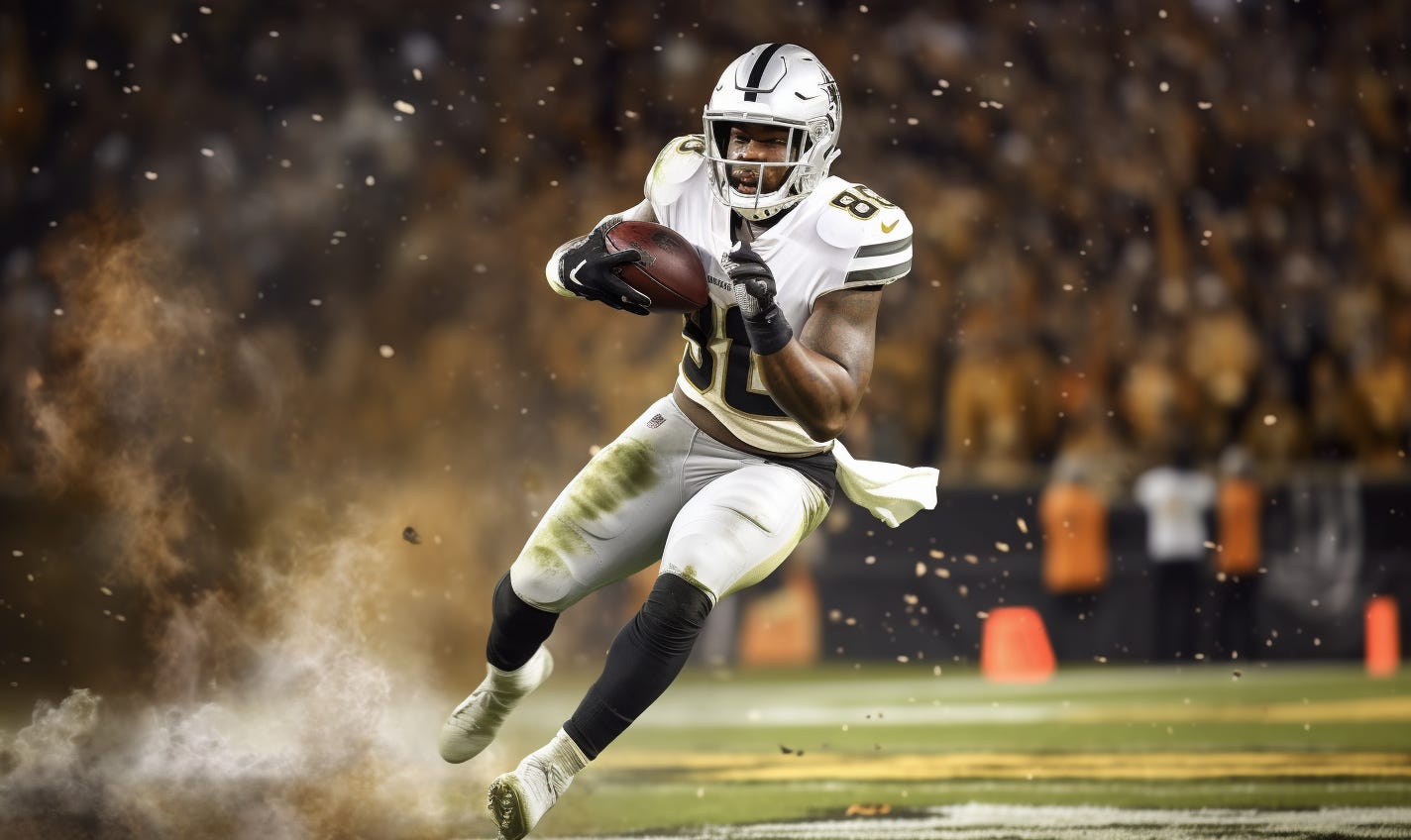Switching Running Backs Doesn't Harm Teams
So why should teams pay running backs?
Recently, the spotlight has been shining on running backs. Players of the once glamor position are upset because they are not making as much as their peers across the sport. This is because running backs are dependent on their teams, much more than the other way around.
In the five seasons between 2018 and 2022, there were 64 instances of teams switching their signature running back. Overall, switching backs tended not to impact teams much at all. Teams that switched backs improved their performance by 1/100th of a yard per carry; less than 4 yards per season.
Good running teams lost about 1/4th of a yard per carry when switching starting backs. That's like moving from Josh Jacobs to Christian McCaffrey, or from McCaffrey to Derrick Henry or Saquon Barkley. Which is to say, from very good to still very good.
The worst running back switch over the last five seasons was Miami, in 2018, moving off of Frank Gore in 2019 in favor of a committee of running backs, led by Kalen Ballage. Gore ran for 4.7 yards per carry while Ballage managed a meager 3.3 yards per carry. The Dolphins were right to move off an aging Gore, who would run for only 600 yards in each of the two following seasons on his way out of the league.
Perhaps the most relevant case study is the 2019 and 2020 New York Giants. Saquon Barkley led the Giants' running attack in 2019, averaging 4.6 yards per carry. The next season, with an injured Barkley sidelined, the Giants averaged 4.4 yards per carry. A modest dropoff, but still good enough for the top half of the league. In fact, the Barkley-less Giants ran the ball more than the Barkely-led Giants.
This data for this analysis can be found in this Google Sheet.



